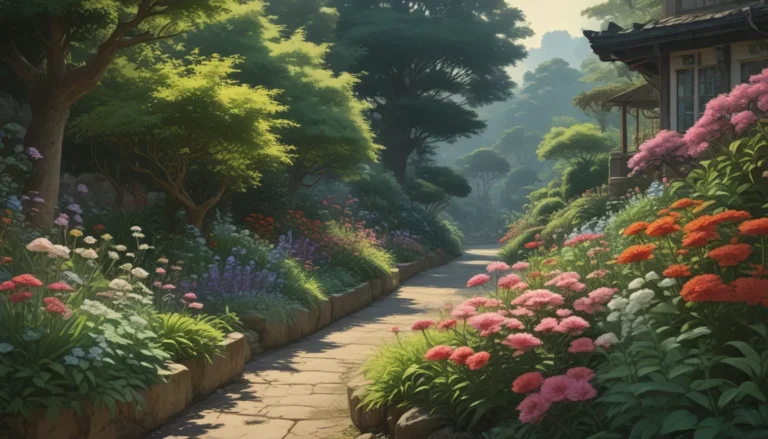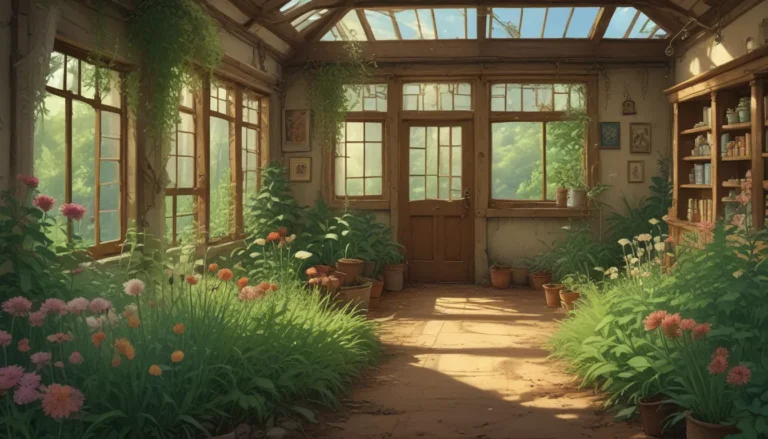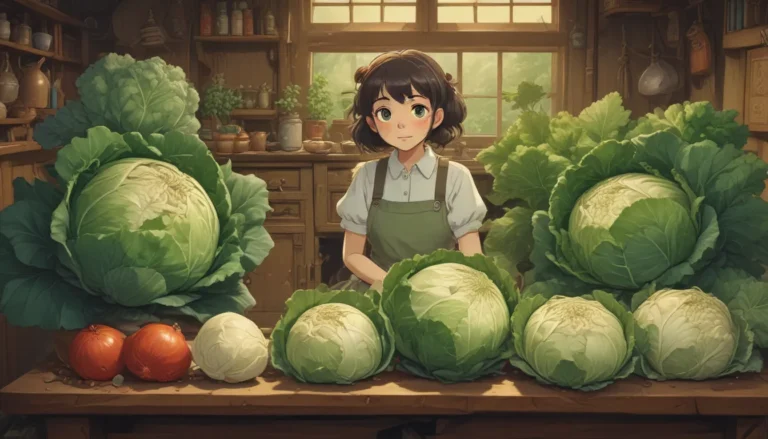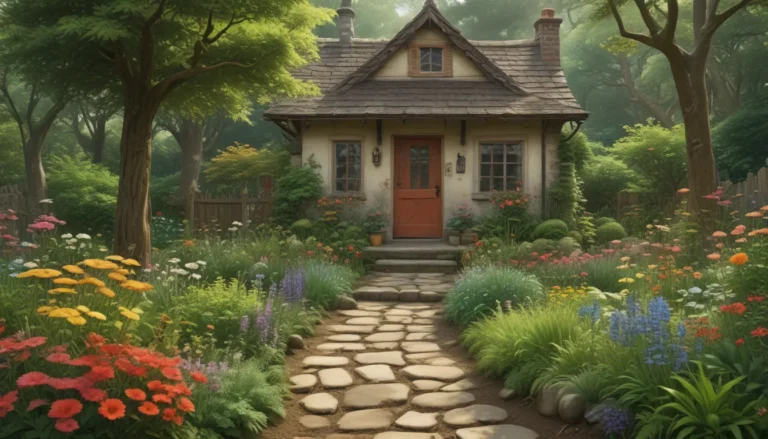Why Your Hellebores May Not Be Blooming (And What You Can Do About It)

Hellebores have gained tremendous popularity in recent years, and it’s easy to understand why. They are resilient, low-maintenance plants that provide a burst of much-needed color during the dull winter months. While they are beloved for their foliage, the captivating blossoms are the main highlight of these plants.
If you have noticed that your Lenten roses are not blooming, there could be various reasons behind it, ranging from simple issues like transplant shock to more serious problems caused by diseases or environmental factors. In this comprehensive guide, we will explore nine common causes of why your hellebores may fail to bloom and how you can address them effectively.
Why Aren’t My Hellebores Blooming? A Closer Look
- Age
- Downy Mildew
- Forced Blooming
- Lack of Food
- Not Enough Light
- Planting Too Deep
- Rootbound Plantings
- Transplant Shock
- Watering Issues
Hellebores in the Helleborus genus can bloom at different times depending on the species and your location, with blooming typically occurring from December to April. If it’s currently not the blooming season for hellebores in your region, there’s no need to worry about a lack of flowers on your plant. However, if it’s blooming season and your hellebores are refusing to blossom, here are some considerations to keep in mind.
1. Age
Newly transplanted hellebores may not bloom in the first year or two due to their young age. It’s essential to be patient and give them time to establish themselves in their new environment before expecting blossoms. Plants propagated from seeds may take even longer to bloom, with some not flowering for up to four years from sowing. If your plant was blooming when you purchased it, but it’s not blooming now, age may not be the issue, and you might need to explore other causes.
2. Downy Mildew
Downy mildew is a common cause of blooming issues in hellebores. It is caused by a water mold called Peronospora pulveracea, which typically manifests as black or brown spots and fuzzy gray patches on the leaves. In severe cases, downy mildew can lead to the collapse of stems, falling flowers, or shriveling buds, preventing the plant from blooming. To combat downy mildew, using a copper fungicide such as Bonide Liquid Copper Fungicide can be effective in controlling this pathogen.
3. Forced Blooming
If you notice your hellebores blooming outside of their regular flowering season, it may be due to forced blooming caused by hormones or chemicals. In such cases, the plant may not bloom during its usual blooming season following the forced flowering. Allow the plant time to recover, and it will likely resume its normal blooming cycle the next year.
4. Lack of Food
Proper nutrition is essential for hellebores to bloom successfully. While these plants are not heavy feeders, they benefit from a spring feeding of flowering plant fertilizer and a second application in September. Down to Earth’s Rose & Flower Fertilizer is a recommended option that provides essential nutrients for flowering plants. Ensuring your hellebores receive adequate nutrition can promote blooming in the following season.
5. Not Enough Light
Even though hellebores thrive in partial to dappled shade, insufficient light can inhibit blooming. Changes in light conditions over time, such as increased shading from tree growth or structures, can affect bloom production in hellebores. Observing your plant’s light exposure and making adjustments by pruning obstacles or relocating the plant can help stimulate blooming.
6. Planting Too Deep
Planting hellebores too deep can also hinder blooming. While plants may still bloom in the first year or two after planting, prolonged deep planting can lead to reduced flowering. Ensuring that the crown of the plant is barely covered with soil can promote healthy blooming. Regularly monitoring and adjusting planting depth, especially when adding compost or soil over time, is crucial for optimal blooming.
7. Rootbound Plantings
Rootbound plants, whether newly purchased or grown in containers, may struggle to bloom due to restricted root growth. When transplanting hellebores or repotting container-grown plants, ensuring adequate space for roots to spread is essential for promoting healthy blooming. Loosening the root ball during transplanting can encourage root expansion and facilitate blooming in the future.
8. Transplant Shock
Plants may experience transplant shock following relocation, leading to reduced blooming in the subsequent season. Factors such as root or foliage damage during transplantation can impact flowering. Allowing time for the plant to acclimate to its new environment and providing optimal growing conditions can help alleviate transplant shock and encourage blooming.
9. Watering Issues
Consistent moisture levels are crucial for hellebores to bloom successfully. Overwatering or underwatering can disrupt blooming and overall plant health. Monitoring soil moisture levels and adjusting watering practices to maintain consistent moisture throughout the growing season can promote blooming. Additionally, addressing soil drainage issues can help prevent water-related blooming problems.
Conclusion
Hellebores are captivating plants that can brighten up the winter garden with their elegant blooms. By understanding the common causes of blooming issues in hellebores and implementing appropriate solutions, you can encourage these plants to thrive and blossom abundantly. Whether addressing age-related factors, combating diseases like downy mildew, or ensuring proper light and nutrition, taking proactive steps to promote blooming will enhance your hellebores’ beauty and vitality.
If you have encountered blooming issues with your hellebores, we hope this guide has provided valuable insights into potential causes and solutions. Share your experiences in the comments below and let us know how you resolved blooming problems with your hellebores. For further information on growing and caring for hellebores, explore our related guides on hellebore cultivation, planting companions, and propagation techniques. Embrace the beauty of hellebores in your garden and enjoy their enchanting blooms throughout the blooming season!
**





